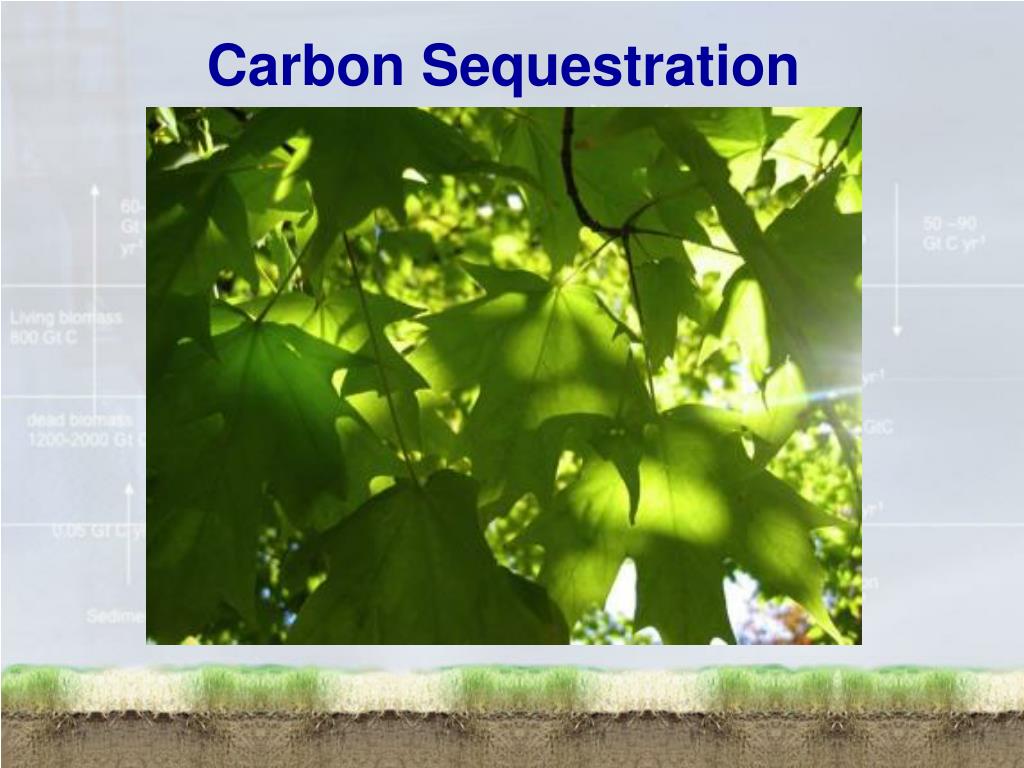

The most recent estimates of this budget suggest fluxes of 9.6 Gt C per year from fossil-fuel emissions, 1.6 Gt C/y from land-use emissions, 2.5 Gt C/y into the oceans, and 3.4 Gt C/y into terrestrial C sequestration ( Friedlingstein et al., 2020). The cumulative historic, contemporary, and potential future carbon stocks in river corridors worldwide have not been quantitatively estimated, but evidence suggests that this cumulative stock could be significant for the global carbon budget. In the context of this broadening focus, river restoration strategies that have the potential to increase diverse forms of floodplain carbon stock may be justified as a mechanism of carbon sequestration. River restoration has also expanded to include processes that create and maintain desirable floodplain characteristics ( Wohl et al., 2015), such as lateral channel migration that results in secondary or abandoned channels and associated habitat diversity ( Hall et al., 2007). River restoration has traditionally been focused on the active channel but is gradually broadening to include an explicit focus on hydrologic connectivity within the river corridor.

Active channels can contain substantial quantities of large wood ( Triska, 1984 Wohl, 2014 Boivin et al., 2015), but the majority of carbon in most river corridors is found in the floodplain (e.g., Sutfin et al., 2016 Scott and Wohl, 2020). Organic carbon stock in river corridors (active channel(s), floodplain, hyporheic zone) occurs primarily in the form of floodplain soil (here, soil refers to all floodplain sediment and includes litter and duff created by particulate organic matter smaller than large wood), downed dead wood pieces >10 cm in diameter and 1 m in length (hereafter, large wood), and living riparian vegetation ( Sutfin et al., 2016). Consequently, river floodplains can contain disproportionately large soil carbon stocks relative to adjacent uplands ( Wohl et al., 2012). River floodplains can also be seasonally or perennially wet because of regional groundwater inputs associated with geologic structures (e.g., Tooth and McCarthy, 2007 Assine et al., 2015 Koltzer et al., 2019). River floodplains that are hydrologically connected to the active channel can include substantial areas with ponds, lakes, and diverse types of wetlands (e.g., marshes, swamps, carrs, wet meadows). Wetlands can also sequester carbon at rates 30 to 50 times higher than forests (e.g., Tangen and Bansal, 2020). The saturated, reducing environment of wetlands limits microbial decay of organic material, and wetland soils therefore typically have much higher concentrations of organic carbon than nearby soils with lower soil moisture (e.g., Nahlik and Fennessy, 2016 Carnell et al., 2018). Increasing concern about warming climate is driving increased interest in diverse forms of carbon sequestration (e.g., Lal, 2008 Villa and Bernal, 2018 Gifford, 2020). The conceptual model is designed to help managers identify levels of hydrologic connectivity, channel and floodplain dynamics, floodplain vegetation, and other variables that may optimize carbon storage at a treatment site. We illustrate application and quantification of the conceptual framework using data from a pilot study of treatment, degraded, and reference stream segments along two streams in Oregon, United States. We develop a conceptual framework to identify the conditions that maximize carbon storage in relation to characteristics of the river corridor and specific restoration practices and propose response surfaces for carbon storage. We investigate the carbon storage potential of restored stream segments (known as treatment segments) relative to otherwise analogous degraded and reference segments. Although many benefits result from stream restoration, the carbon sequestration potential of different restoration approaches in diverse geographic settings has not yet been quantified. The primary goal of stream restoration is typically to restore habitat or maintain balance between natural ecosystem function and human land use. Restoration aimed at rewetting the valley floor has the potential to increase organic carbon stock in the form of floodplain soil carbon, downed wood, and riparian vegetation. Department of Geosciences, Colorado State University, Fort Collins, CO, United States.


 0 kommentar(er)
0 kommentar(er)
